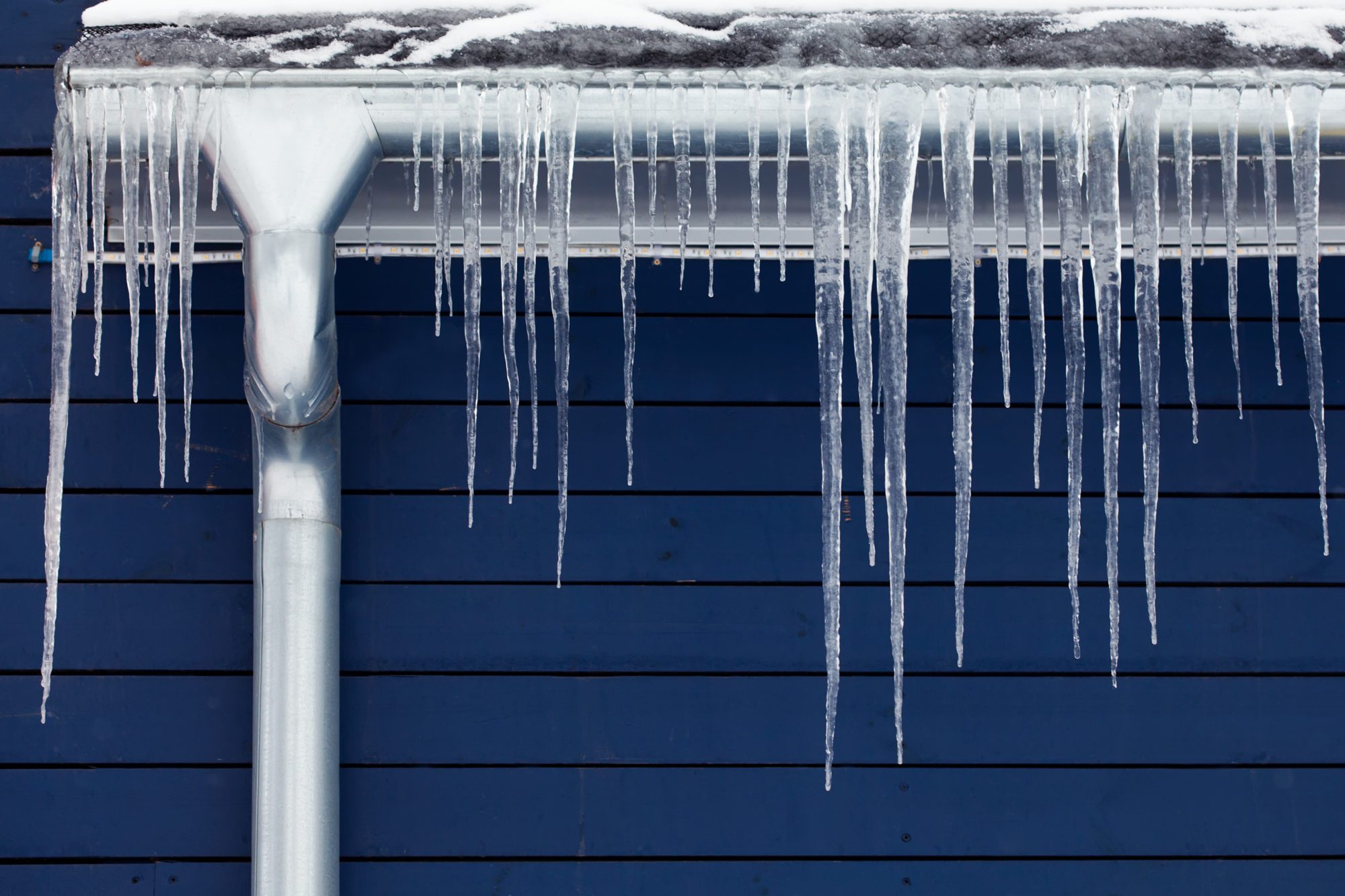We've uncovered this great article about How To Avoid Freezing Pipes directly below on the net and thought it made sense to talk about it with you on this page.
.jpg)
Cold weather can wreak havoc on your pipes, especially by freezing pipelines. Right here's how to avoid it from taking place and what to do if it does.
Introduction
As temperature levels drop, the danger of frozen pipes rises, potentially bring about costly repair services and water damage. Recognizing how to avoid icy pipes is important for home owners in cold climates.
Comprehending Icy Pipes
What triggers pipelines to freeze?
Pipelines freeze when subjected to temperatures below 32 ° F (0 ° C) for expanded periods. As water inside the pipelines freezes, it increases, putting pressure on the pipe walls and potentially causing them to break.
Risks and damages
Frozen pipelines can lead to water disruptions, residential property damage, and expensive repair services. Ruptured pipes can flood homes and create comprehensive architectural damages.
Indications of Frozen Piping
Identifying frozen pipelines early can prevent them from rupturing.
Exactly how to recognize frozen pipes
Seek decreased water flow from faucets, uncommon smells or sounds from pipelines, and noticeable frost on exposed pipes.
Prevention Tips
Insulating at risk pipelines
Cover pipelines in insulation sleeves or make use of warmth tape to shield them from freezing temperature levels. Concentrate on pipelines in unheated or external locations of the home.
Home heating methods
Maintain indoor spaces adequately warmed, particularly areas with pipes. Open cupboard doors to allow cozy air to circulate around pipelines under sinks.
Shielding Outside Pipes
Garden tubes and outdoor taps
Disconnect and drain pipes yard hose pipes prior to winter. Set up frost-proof spigots or cover exterior faucets with protected caps.
What to Do If Your Pipelines Freeze
Immediate activities to take
If you think icy pipelines, keep faucets available to soothe pressure as the ice melts. Use a hairdryer or towels taken in hot water to thaw pipes slowly.
Long-Term Solutions
Structural modifications
Take into consideration rerouting pipes away from exterior wall surfaces or unheated locations. Include added insulation to attic rooms, basements, and crawl spaces.
Upgrading insulation
Purchase high-quality insulation for pipelines, attic rooms, and wall surfaces. Appropriate insulation aids keep regular temperatures and reduces the risk of icy pipelines.
Final thought
Avoiding frozen pipelines needs proactive measures and fast actions. By recognizing the reasons, indications, and preventive measures, home owners can secure their pipes throughout cold weather.
5 Ways to Prevent Frozen Pipes
Drain Outdoor Faucets and Disconnect Hoses
First, close the shut-off valve that controls the flow of water in the pipe to your outdoor faucet. Then, head outside to disconnect and drain your hose and open the outdoor faucet to allow the water to completely drain out of the line. Turn off the faucet when done. Finally, head back to the shut-off valve and drain the remaining water inside the pipe into a bucket or container. Additionally, if you have a home irrigation system, you should consider hiring an expert to clear the system of water each year.
Insulate Pipes
One of the best and most cost-effective methods for preventing frozen water pipes is to wrap your pipes with insulation. This is especially important for areas in your home that aren’t exposed to heat, such as an attic. We suggest using foam sleeves, which can typically be found at your local hardware store.
Keep Heat Running at 65
Your pipes are located inside your walls, and the temperature there is much colder than the rest of the house. To prevent your pipes from freezing, The Insurance Information Institute suggests that you keep your home heated to at least 65 degrees, even when traveling. You may want to invest in smart devices that can keep an eye on the temperature in your home while you’re away.
Leave Water Dripping
Moving water — even a small trickle — can prevent ice from forming inside your pipes. When freezing temps are imminent, start a drip of water from all faucets that serve exposed pipes. Leaving a few faucets running will also help relieve pressure inside the pipes and help prevent a rupture if the water inside freezes.
Open Cupboard Doors
Warm your kitchen and bathroom pipes by opening cupboards and vanities. You should also leave your interior doors ajar to help warm air circulate evenly throughout your home.

As a keen reader on How To Avoid Freezing Pipes, I assumed sharing that portion was sensible. Those who appreciated our page plz be sure to share it. We value your readership.
Click On This Link